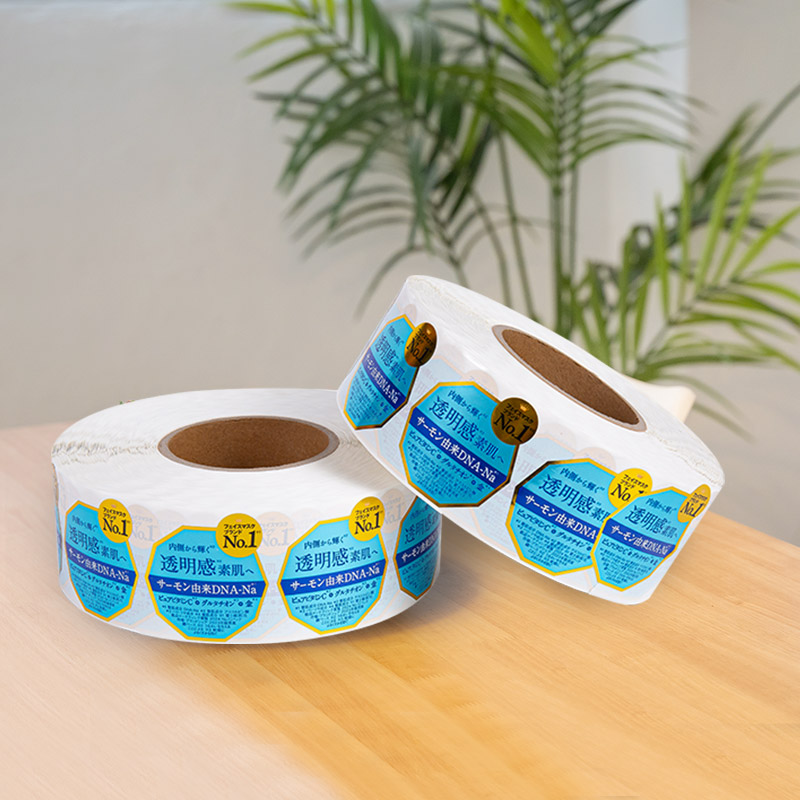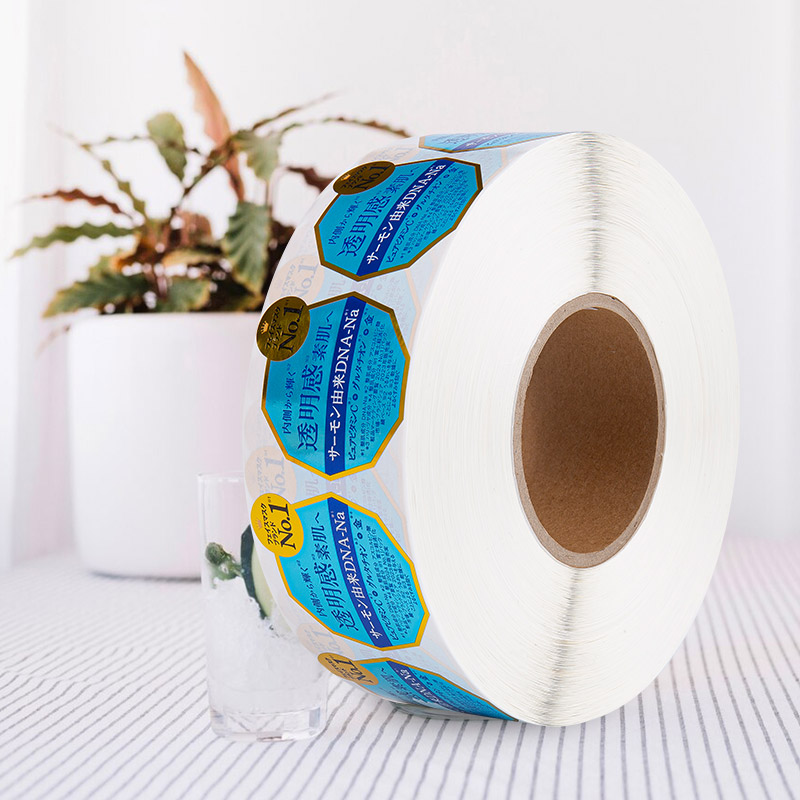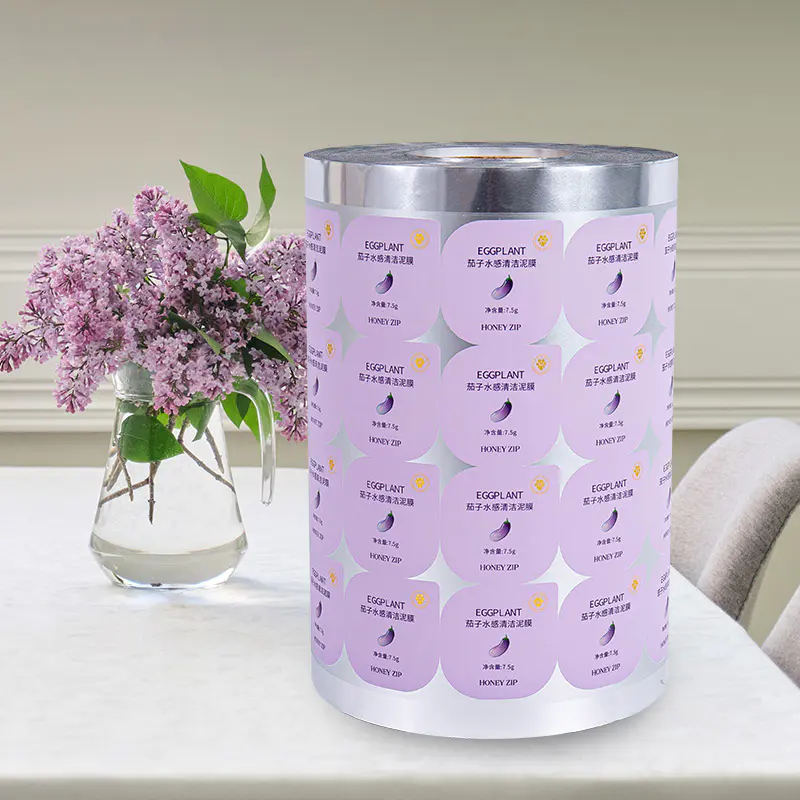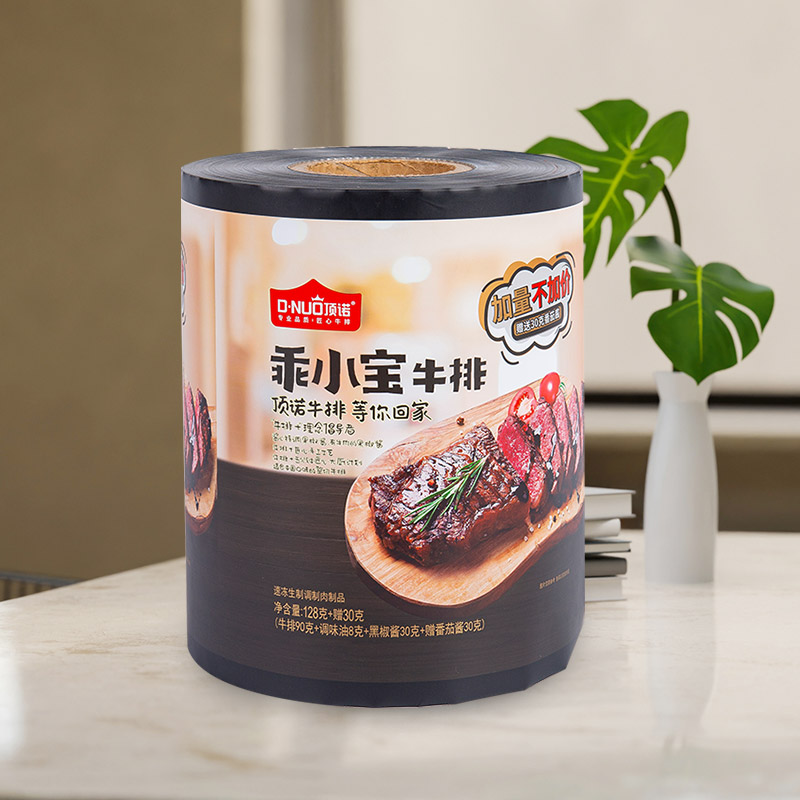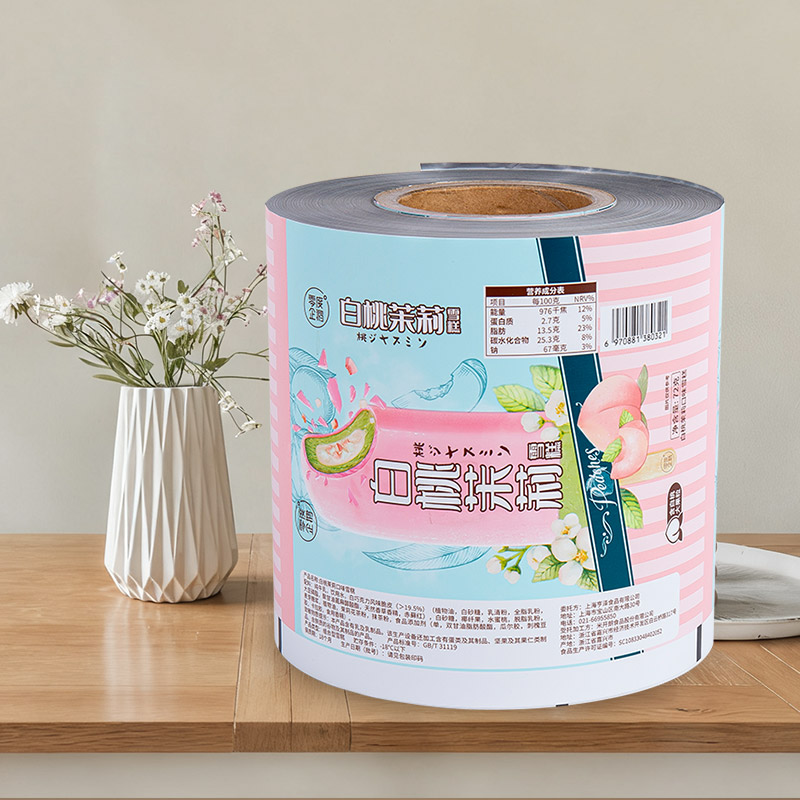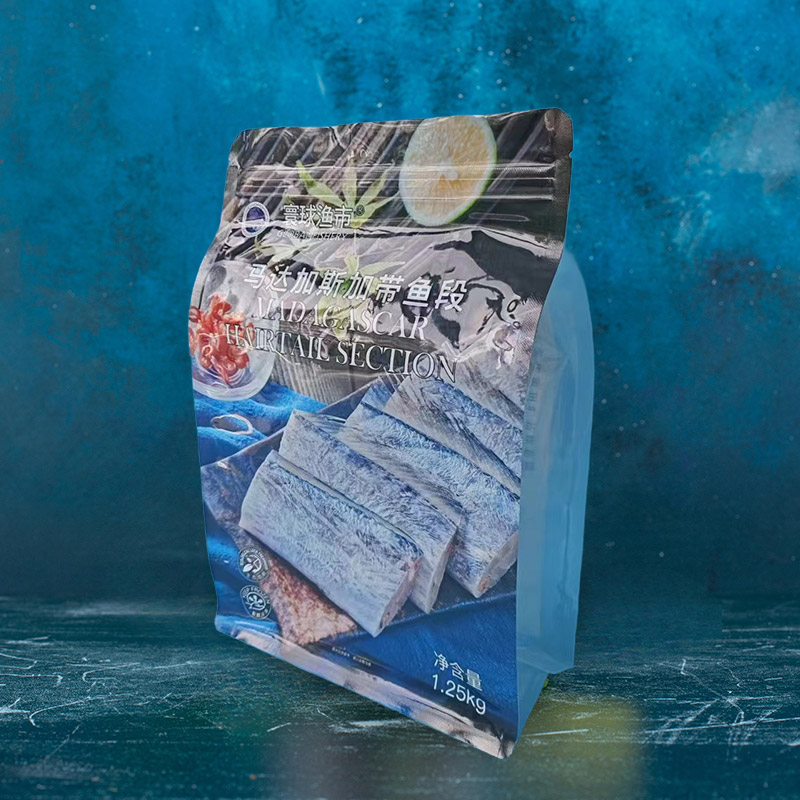Coffee packaging has evolved into a sophisticated science combining material engineering, gas barrier technologies, and sustainable design. Today's premium coffee bags must protect delicate aromas, prevent oxidation, and extend shelf life while meeting environmental standards. This comprehensive guide examines the technical aspects of high-performance coffee packaging solutions.
Content
- 1 Multi-Layer Material Construction
- 2 Specialized Closure Systems
- 3 Sustainability Innovations
- 4 Aroma Preservation Science
- 5 Printing and Branding Technologies
- 6 Filling and Packaging Machinery
- 7 Quality Control Protocols
- 8 Emerging Smart Packaging
- 9 Market Trends and Consumer Preferences
- 10 Conclusion: The Future of Coffee Packaging
Multi-Layer Material Construction
Barrier Film Architecture
-
Outer Layer (12-25μm):
-
PET (glossy printing surface)
-
Recycled content options (rPET)
-
Matte/velvet finishes
-
-
Barrier Core (6-15μm):
-
Aluminum foil (best oxygen barrier)
-
Metallized films (semi-transparent)
-
EVOH (7-32% ethylene content)
-
-
Sealant Layer (50-80μm):
-
LDPE (standard heat seal)
-
CPP (crisper seal)
-
Biodegradable PLA options
-
Oxygen Transmission Rate (OTR) Comparison
| Material | OTR (cc/m²/day) | Moisture Barrier |
|---|---|---|
| Aluminum foil | <0.05 | Excellent |
| SiOx-coated PET | 1-3 | Very Good |
| Metallized OPP | 5-15 | Good |
| Standard PET | 50-100 | Fair |
Specialized Closure Systems
Degassing Valve Technology
-
One-way CO₂ venting:
-
Membrane types: PE/PP microporous
-
Flow rates: 0.5-5L/min
-
Activation pressure: 2-5mbar
-
-
Performance Standards:
-
ASTM F1927 (oxygen ingress)
-
ISO 4639 (flow rate testing)
-
Resealable Options
| Type | Peel Strength (N/15mm) | Reseal Cycles |
|---|---|---|
| Zipper | 8-15 | 50+ |
| Press-to-close | 3-8 | 20-30 |
| Adhesive flap | 5-10 | 10-15 |
Sustainability Innovations
Eco-Friendly Material Solutions
-
Compostable Films:
-
PBAT/PLA blends (EN13432 certified)
-
TÜV OK Compost Home certification
-
180-day soil degradation
-
-
Recyclable Structures:
-
Mono-material PE designs
-
Compatible with store drop-off streams
-
How2Recycle labeling
-
Carbon Footprint Reduction
| Material Option | CO₂/kg Reduction |
|---|---|
| Recycled content | 30-50% |
| Bio-based films | 20-40% |
| Lightweighting | 15-25% |
Aroma Preservation Science
Volatile Compound Protection
-
Selective barrier technologies:
-
Aroma-specific molecular traps
-
Activated carbon layers
-
Zeolite-infused films
-
-
Accelerated shelf-life testing:
-
38°C/90% RH conditions
-
HS-GC/MS analysis
-
Sensory panel evaluation
-
Printing and Branding Technologies
Advanced Decoration Methods
-
Rotogravure printing:
-
200+ LPI resolution
-
8-10 color capability
-
EB/UV curing options
-
-
Digital printing:
-
CMYK+OGV color systems
-
Variable data printing
-
Short-run flexibility
-
Functional Inks
-
Thermochromic indicators:
-
Brewing temperature guides
-
Freshness color codes
-
-
Scratch-and-sniff:
-
Microencapsulated aromas
-
50+ rub resistance
-
Filling and Packaging Machinery
Form-Fill-Seal Considerations
-
Vertical FFS machines:
-
60-120 bags/minute
-
Nitrogen flushing systems
-
99.9% gas purity standards
-
-
Dosing accuracy:
±1g @ 250g fill weight-
Multi-head weighers
-
Checkweigher integration
-
Quality Control Protocols
Critical Testing Parameters
| Test | Method | Acceptance Criteria |
|---|---|---|
| Seal Strength | ASTM F88 | >2.5N/15mm |
| Burst Pressure | ASTM D3786 | >35kPa |
| Migration | EU 10/2011 | <10mg/dm² |
Shelf-Life Validation
-
Accelerated aging (40°C/75% RH)
-
Fatty acid analysis (HPLC)
-
Sensory degradation (Q-grader panels)
Emerging Smart Packaging
Interactive Features
-
RFID/NFC tags:
-
Roast date tracking
-
Brewing recipe access
-
-
Freshness indicators:
-
Oxygen-sensitive dyes
-
Time-temperature integrators
-
Active Packaging
-
Oxygen scavengers:
-
Iron-based (100-300cc capacity)
-
Organic scavengers (FDA compliant)
-
-
Moisture regulators:
-
Silica gel alternatives
-
Humidity-buffering films
-
Market Trends and Consumer Preferences
Premium Segment Demands
-
Single-serve options (7-12g doses)
-
Aroma-preserving valves (dual-zone)
-
Sustainable luxury (kraft/PLA hybrids)
Commercial Requirements
-
Warehouse stacking (50+ layers)
-
Transport vibration (ISTA 3A)
-
UV light protection
Conclusion: The Future of Coffee Packaging
Coffee packaging technology continues to advance at the intersection of material science, gas management, and sustainable design. Next-generation solutions will likely incorporate intelligent freshness indicators, enhanced recyclability, and novel active barrier technologies. As consumer expectations evolve, packaging must balance premium preservation capabilities with environmental responsibility. Successful coffee brands will adopt a holistic approach that considers the entire packaging lifecycle - from renewable material sourcing to end-of-life recovery - while delivering uncompromising product protection. The coming years will see increased adoption of smart packaging features and bio-based materials that maintain strict quality standards while reducing environmental impact.

 EN
EN
 English
English 日本語
日本語 Español
Español Deutsch
Deutsch عربى
عربى



